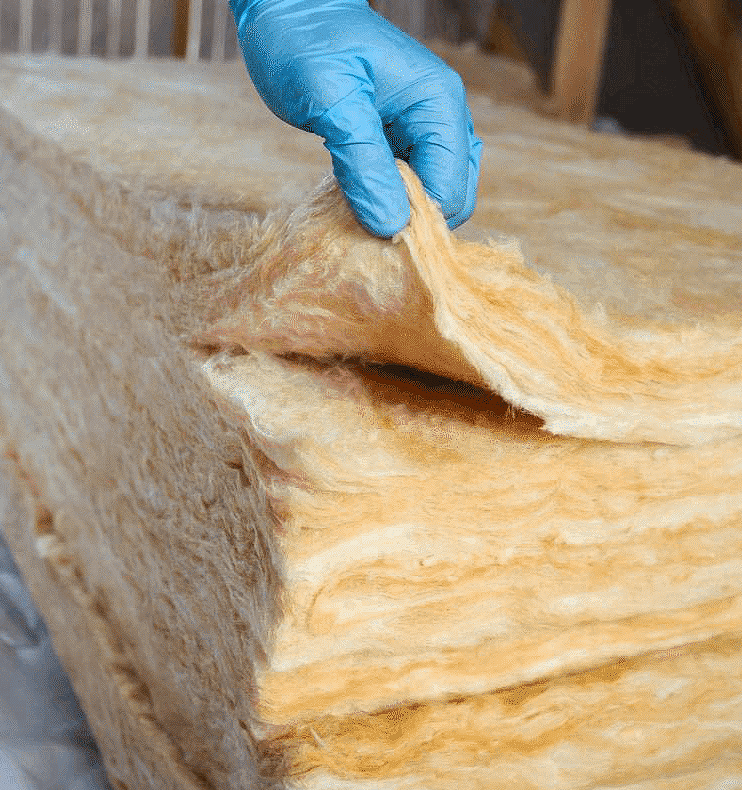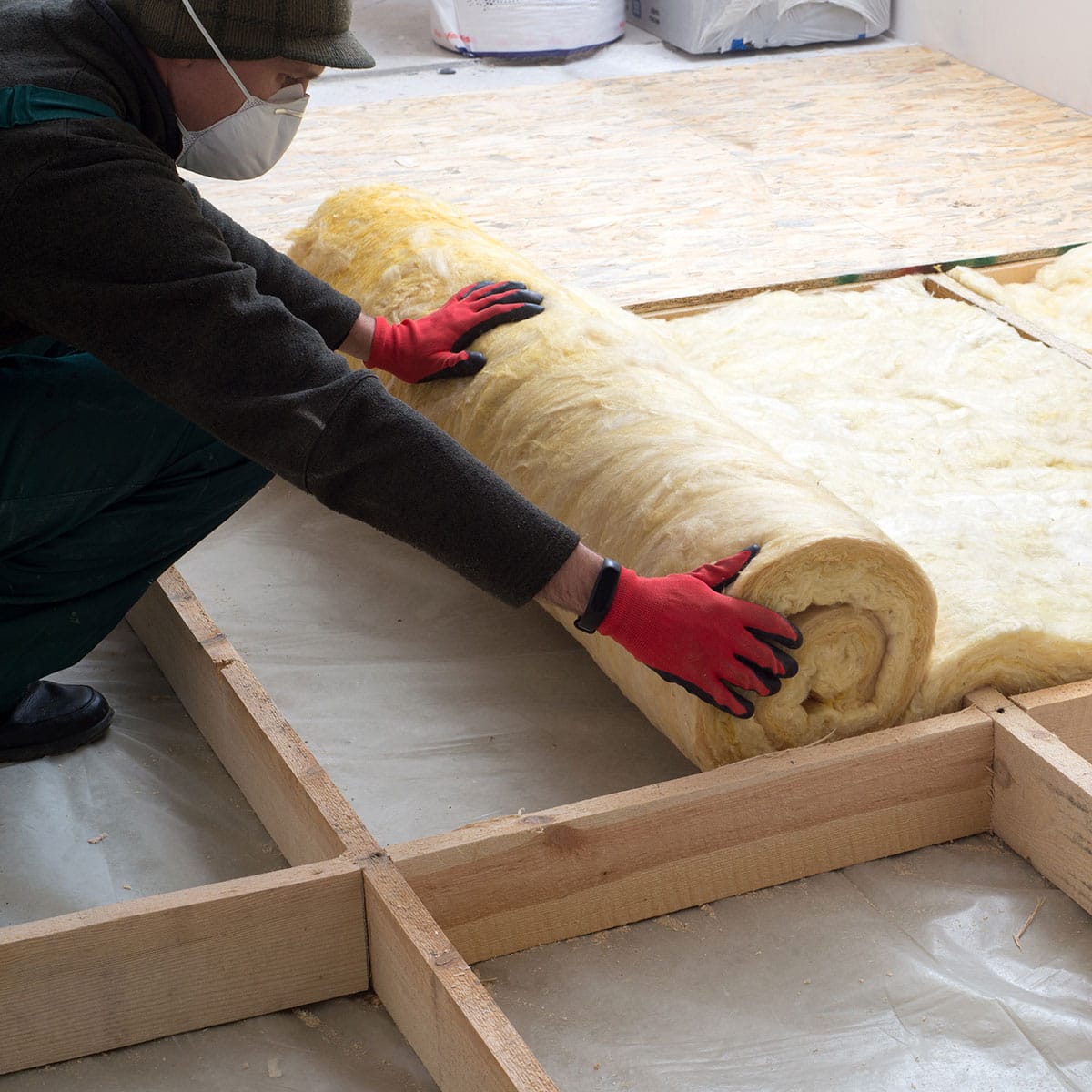- Home
- Home Ceiling Insulation
Home Ceiling Insulation
HOME CEILING INSULATION
Hot air, by way of being thinner and less dense than cool air, travels up through your home. Because of this, the ceiling and roof of your home are critical points for which insulation is key towards saving money and heat.
Understanding insulation will help you determine the poor home energy performance.
Understanding how your home’s insulation works helps you to make better decisions regarding your home’s needs, and to know what makes insulation fail in the first place.
WHY YOU NEED INSULATION
‘Voids’ are sections where there is no insulation. Voids can occur when insulation is ruined by damage or accident, installed incorrectly, or has settled out of place. Sometimes a void is intentionally installed because of safety requirements. Regardless, insulation voids allow heat transfer by convection and radiation.
Compression occurs when old or faulty insulation is pressed tight to the point of destroying the tiny trapped air pockets that provide insulation value. This can occur due to natural disasters or faulty installation.
Air movement caused by leaks and holes in the walls or ceilings through insulation diminishes old insulation’s effectiveness as it increases convective heat loss by carrying the heat on the little pores of insulation away. To effectively slow heat transfer, the air pockets in insulation must be still. This explains how important it is to air-seal a section of your house (such as the attic, basement or main living area) prior to adding more insulation.
Moisture is the addition of water to an insulated surface. It decreases R-value by making the insulation more conductive due to water’s chemical properties, and by causing settling, compression, and voids.

HOW INSULATION WORKS
Insulation works by slowing the transfer of heat, which can move in three ways: conduction, convection, and radiation.
Conduction and convection are perhaps the most common, and occur regularly in our lives and in nature. It is the transfer of heat through physical contact between things (like when your hand is burnt on a stove). In your home, this occurs when the hot air of your heating system leaks out an open hole or exposure in the ceiling and is cooled and replaced by the cold air outside.
Heat transfer by radiation; on the other hand, is slow since one surface must radiate its heat to another. This is what happens overnight as your warm house lets off its heat into the cool, dark air.

UNDERSTANDING INSULATION R-VALUE
Mostly, the insulation is measured by a unit called as R-value. The “R” stands for ‘resistance’ to heat flow. Usually, the high R-value implies it is better at preventing heat from moving through it and thus, has better insulating value. R-value is described both in R-value per inch and in total R-value.
For instance, fiberglass bat insulation offers a wall enough insulation to reach up to R=40 and a regular wall with no insulation provides more around R=30.
TYPES OF CEILING AND ROOF INSULATION
Loose-fill insulation is feathery, non-solid material that is blown into the wall to provide insulation. Using a machine like a hose, it is sprayed into place, and is best for weird shaped structures, attics, and hard-to-reach – already insulated areas for which more insulation is needed.
Batt and rolled insulation is simply a blanket made of insulating fibers. We use pre-cut sections of this insulating blanket made of fiberglass (although plastic versions, natural fibers, mineral wool, or cellulose as well). This type of insulation is best for walls during construction, and floors and ceilings during upgrades wherein they need to be pulled out for repair.
Spray foam insulation is just that, a liquid-based material that is sprayed onto a surface that expands and hardens. For large insulating jobs, we will spray this insulation into place with special equipment.